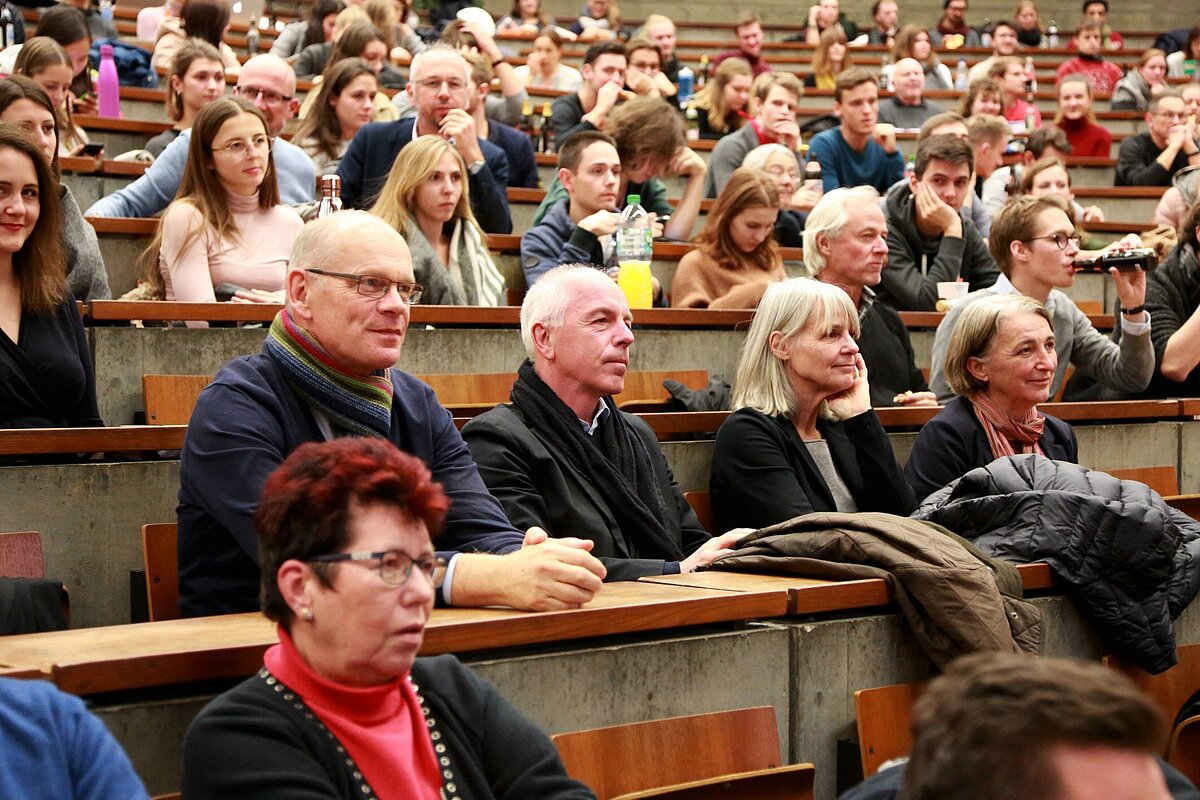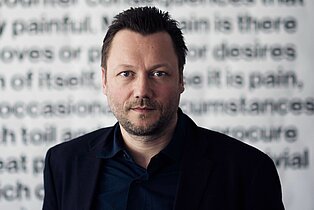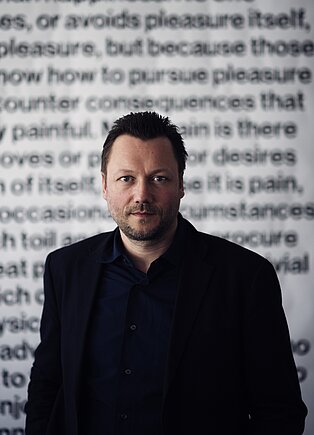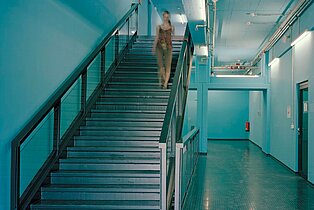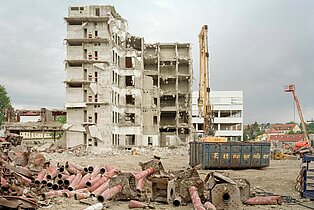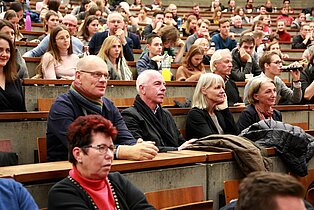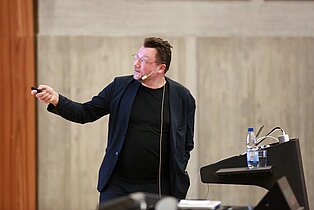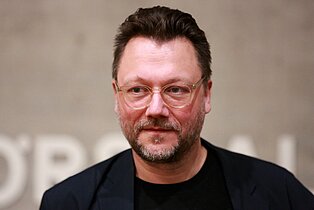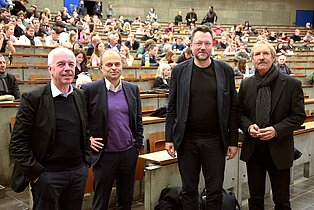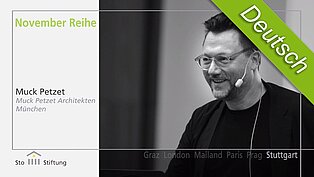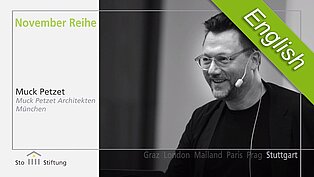Nachbericht | Muck Petzet at the November Reihe 2018 in Stuttgart
After studying philosophy and architecture, Muck Petzet, a native of Munich, began his professional career at Herzog & de Meuron in Basel. Since 2015, in addition to his practice in Munich, he has also had an office in Berlin. Petzet is Professor of Sustainable Design at the Accademia di architettura Mendrisio. He was also curator of the German Pavilion at the Architecture Biennale in Venice 2012. The ‘Reduce / Reuse / Recycle’ exhibition exerted a profound influence on Petzet’s work and tuition because it involved introducing a value system into architectural discussion, demonstrating how avoidance (of waste) and continued use (of materials) can be practised by architects - a value system based on minimalist intervention.
This architect’s office has already handled 240 projects of very different kinds. What unites these projects is Petzet’s way of seeing things. For him, architecture is not just about the designing of beautiful things but is instead a complete process; to understand project development, financing and other parameters properly and to assist in influencing them. Petzet concedes that open-minded general contractors are needed to further develop existing areas of potential in a constructive manner. Under the heading of ‘prevention strategies’ he presents various projects associated with continued use and recycling. Time and again, he emphasises just how important it is to create the New from the Existing. The idea that everything needs to be rediscovered is not one shared by Petzet. As an example of this attitude, he points to Studentendorf Schlachtensee in Berlin, a student residence. These communal residential buildings were saved from demolition by a private initiative led by former students, and they are now listed with the highest level of protection that entails. With this renovation, the architects endeavoured to restrict their interventions to the minimum necessary, for example merely upgrading the entrance areas to a slight extent. As Petzet expounds, he and his team always try to seek out the point where the existing structure offers potential and to incorporate what is already there in order to develop it further in the future. The Munich-based architect explains that recycling is actually the worst option because it involves things getting destroyed, with huge amounts of energy being wasted in the process of reprocessing things.
Muck Petzet places great value on the ‘positive impact’ of his projects, so he always endeavours to teach his students that sustainability is not just about saving energy and maximum efficiency. Instead, key aspects are social and economic in nature. In this context, he presents a refugee project: the integration building in Gundelsheim, a small place close to Bamberg. This project arose from a promotional programme of the Bavarian state government that links the topic of providing accommodation for refugees with the task of combating empty properties in rural areas. A promotional programme that enables communities to obtain grant aid from the state for 90% of the renovation costs, if they are involved in converting empty properties for the accommodation of refugees. The mayor of Gundelsheim decided to make use of this promotional money to tackle the problem of an empty property with a former Schlecker retail outlet located in the centre of town. The architects proposed an extension to the building by adding more storeys. In a village context, this view of preservation met with a lot of misunderstanding. This concept envisages an events room, a restaurant and a beer garden. The background to these considerations is the question of how these refugees can be integrated when they are being accommodated in a residential property in the middle of the town. Gastronomy aims to build a bridge here. Even in this scenario, it is not yet clear whether this building project will actually go ahead.
Muck Petzet is committed to a respectful attitude towards preserving existing infrastructure. With his lecture, he successfully illustrated the high level of design and architectural potential inherent in having a positive attitude about that which already exists, while using it as inspiration for further development.
Interview with Muck Petzet
Find the Video-Interview on our YouTube-Channel.


